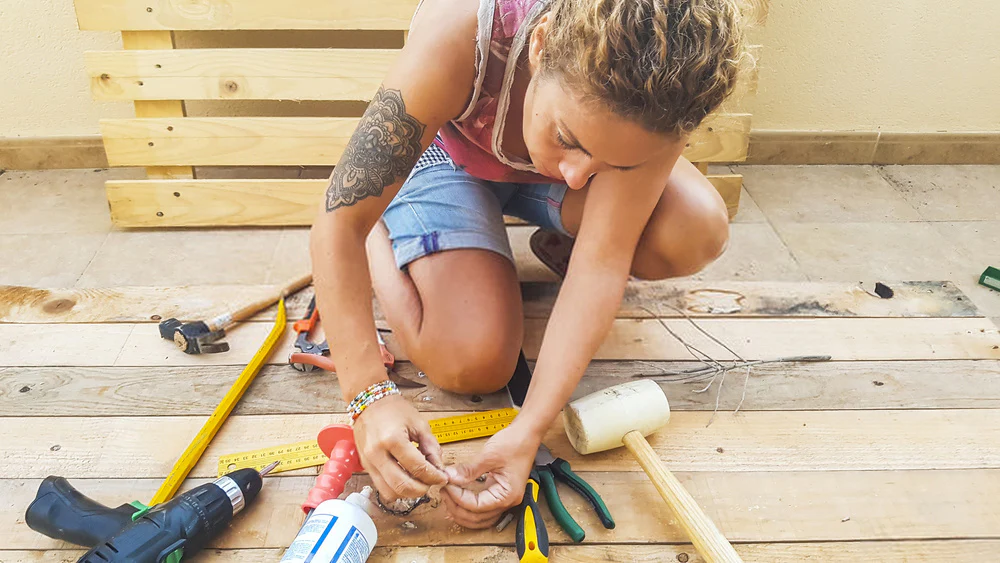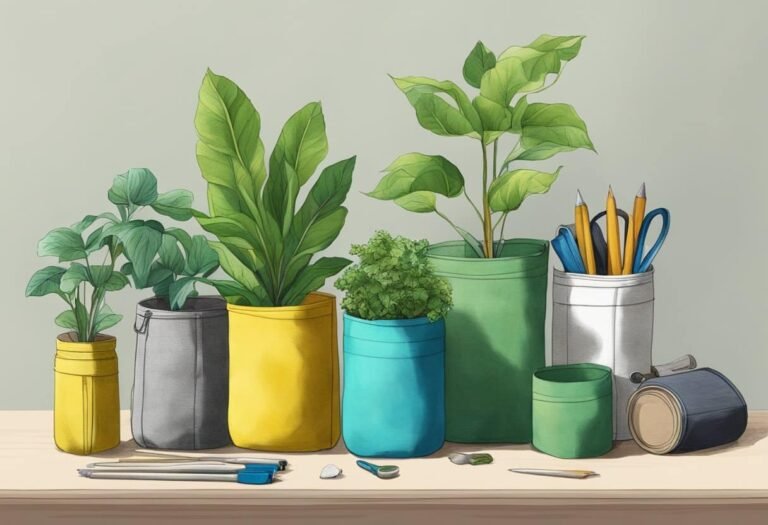Simple DIY Repairs Every Homeowner Should Know
Owning a home inevitably comes with problems, and being able to fix minor issues yourself is one of the most valuable skills a renter can possess. Learning to fix simple problems yourself, like a broken faucet, a hole in the wall, or a clogged drain, can save you money and give you peace of mind. This article introduces some simple repair techniques that everyone should know. These techniques will help you keep up with the daily maintenance of your home and resolve problems quickly.
Getting Started
As a landlord, you are responsible for regular repairs and maintenance. While some major problems require professional attention, many minor issues are easy to fix yourself. By learning a few basic repair techniques, you can keep your home in good condition without incurring high repair bills. These simple repair tips will help you address everyday problems in your home and keep it comfortable and functional.
This guide shows you some common repairs you can do yourself, along with quick and safe techniques. With a little practice, you’ll master the skills needed to repair most damaged components in your home. Fixing a Leaking Faucet
A leaking faucet is usually one of the easiest things to fix at home. A dripping faucet wastes water and leads to higher energy bills, so fix it right away.
To fix a leaking faucet, turn off the water and block the drain to avoid losing small parts. First, use a tool to remove the faucet handle. Then, remove the stem holding the leaking rubber gasket. Check the gasket for signs of wear. Replace it if it’s damaged. Once the faucet is installed, turn on the water and check for leaks.
This repair usually only requires simple tools, such as a wrench and screwdriver. This saves both water and money.
Unclogging the Drain
Clogged sinks in the kitchen and bathroom are a common problem. Professional drain cleaners are available, but they can damage the pipes. By using natural products to unclog your drain yourself, you can clear the blockage without damaging the pipes.
Pour a cup of baking soda and a cup of vinegar into the clogged drain to unclog it. Block the drain with a rag or stopper to prevent clogging. Wait up to 30 minutes for the blockage to dissolve. Then, flush the drain with hot water to remove any food particles.
If this method doesn’t work, you can also try manually unclogging the drain with a plunger or pipe cleaner.
Painting a Hole in the Wall
Holes in the wall are common. They can happen accidentally or simply from normal wear and tear. The good news is that they’re easy to repair and only require a few basic tools.
To repair a hole in the wall, clean the area around the hole. For larger holes, use a repair compound. For smaller holes, use grout. Use a putty knife to smooth the surface and fill the hole completely. Sand the grout solution after it dries for a smooth finish. Finally, paint the repaired area the same color as the rest of the wall.
For larger holes, you may need to use drywall tape to make the repair more secure. This simple and inexpensive repair is easy to do yourself and will make your wall look like new again.
Repairing a Leaking Toilet
A leaking toilet is not only annoying but can also cause significant water loss. A damaged valve or water inlet valve is the most common cause of a leak. These components are easy to repair in just a few steps.
To repair a leaking toilet, remove the tank cap and inspect the valve. This valve regulates the amount of water flowing into the toilet. If the old valve is worn or doesn’t close properly, purchase a new one from a hardware store. Check that it’s not too tight or too loose by adjusting the chain that connects the valve to the flush button. Finally, check that the water inlet is functioning properly. If it’s broken, replace it.
After replacing the components, turn the water back on and test the toilet to ensure the problem has been resolved.
Repairing a Leaking Roof
Small roof leaks can cause significant damage if left untreated. Small roof leaks are easy to repair for those who are able to do the repairs themselves.
To repair a leaking roof, you should inspect the leak’s location to determine its source. Look for potential problem areas near the chimney.
Summer is here, and this can help lower your energy bills. Filling these gaps with caulk is an easy and inexpensive way to make your home warmer.
Before applying the caulk, clean the area around the window or door frame where you want to apply it. Use a caulk gun to apply a bead of caulk on both sides of the door or window frame. For a clean, neat look, smooth the caulk with your fingers or a caulk gun. If you need to paint over the caulk, wait until it is completely dry before applying it.
This simple DIY trick is both energy-efficient and more comfortable in your home, all year round.
Fixing a Squeaky Door
Noisy doors are annoying for many people, but they’re easily fixed with a little lubricant. This simple fix takes only a few minutes and will make your home quiet again.
To fix a squeaky door, locate the noisy area. Apply a little WD-40 or Vaseline to the hinges to ensure they slide smoothly. To ensure the oil is fully coated, open and close the door several times. Wipe off any excess oil with a cloth.
Squeaking doors are quick and easy to fix. It only takes a few minutes and is definitely worth the effort.
FAQs
1. How do I know if my faucet needs professional repair?
If the leak persists after replacing the spring or valve stem, or if the faucet is old and difficult to repair, you may need to contact a plumber.
2. What causes a toilet to flush repeatedly?
A toilet that flushes repeatedly is usually caused by a worn valve, a damaged inlet valve, or other components that don’t completely block the flow of water.
3. Is it difficult to repair a hole in the wall?
Not at all! Small holes can be easily repaired with standard tools like sandpaper, grout, and a putty knife. Larger holes may require additional steps, such as attaching a piece of drywall.
4. How do I prevent clogs in the drain?
To prevent clogs, don’t pour hair, grease, or food particles down the drain. Use a drain plug or hair trap to prevent debris from entering the pipes.
5. When should I call a professional for roof repairs?
To ensure the safety and quality of repairs, it’s best to call a professional roofer if the leak is severe, if there is damage to the roof structure, or if you are inexperienced with roof repairs.
In short:
Knowing how to perform basic repairs on your home will not only save you money but also give you more confidence in carrying out homeowner duties. These simple repairs, such as replacing a leaky faucet or repairing a hole in the wall, can keep your home in good condition without spending a fortune on professional help. With the right tools and experience, everyday repairs to your home are easy to carry out.
Helpful links:
- “Basic Plumbing and Repair Tips for Homeowners.” U.S. Environmental Protection Agency.
- “The DIY Repair Guide for Homeowners.” Home Improvement DIY Blog (2025)






